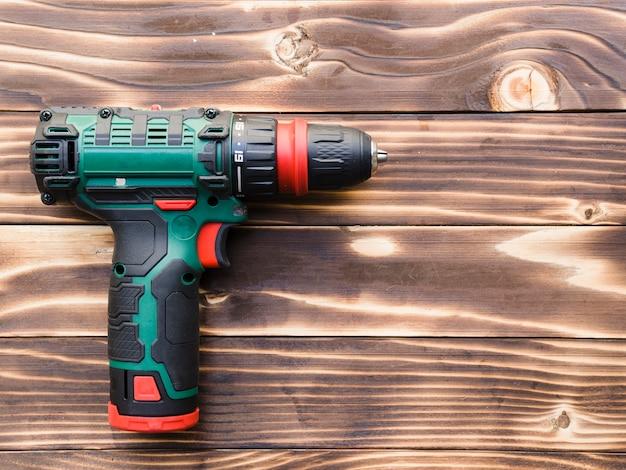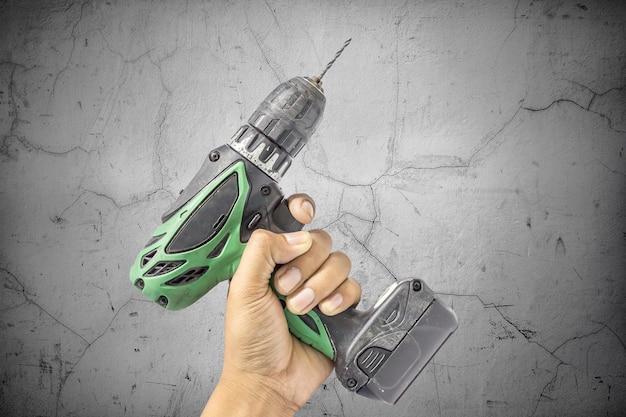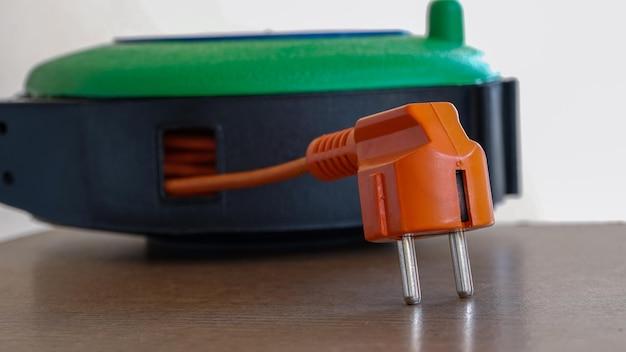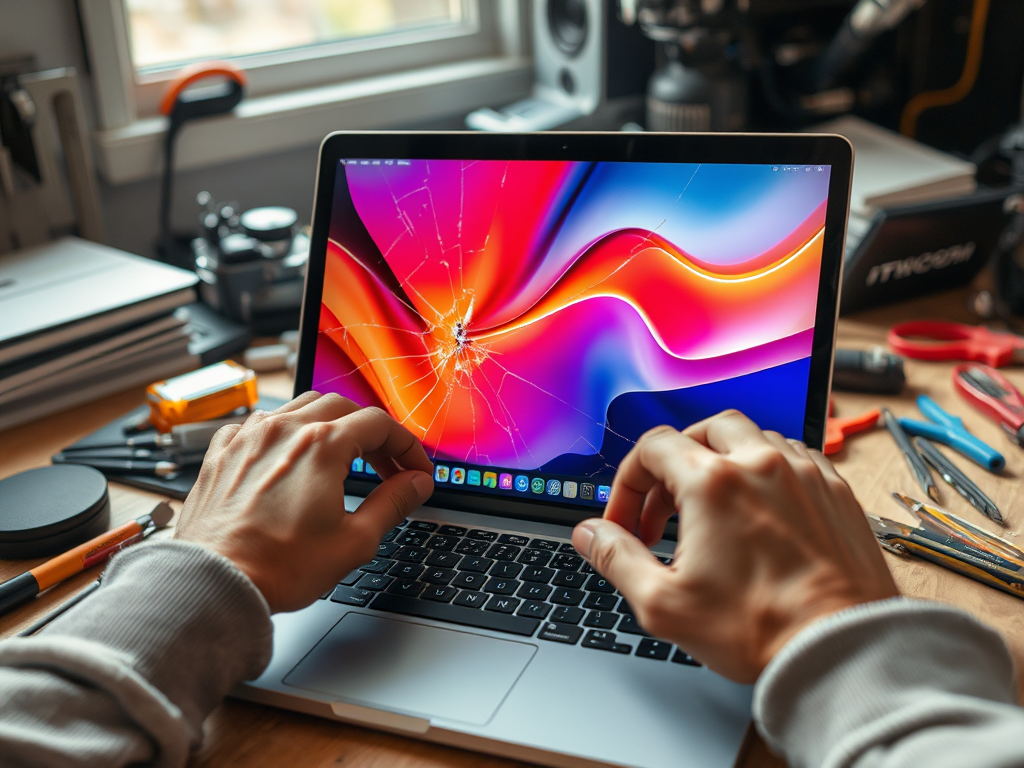Have you ever found yourself with a dead 20V drill battery and no charger in sight? It’s a frustrating position that can halt your construction or DIY project in its tracks. Fortunately, there are alternative methods to get your battery back to full power. This article explores unconventional ways to charge a lithium-ion battery, which can be lifesaving when standard chargers are not available. However, it’s vital to proceed with caution to ensure safety and to prevent damage to the battery. We’re going to look at how charging can be done without the original equipment and what you will need to succeed.
Understanding Your 20V Drill Battery
Before attempting to charge your battery, it’s important to understand its technicalities. 20V drill batteries, typically lithium-ion (Li-ion) batteries, are preferred for powering cordless tools due to their lightweight and high-performance characteristics. Fully charging and properly maintaining these batteries are essential for maximizing their life and ensuring they deliver consistent power for your tools. It’s crucial to recognize that these batteries require specific voltages for charging, and using the wrong methods can lead to inefficiency or damage. A lithium-ion battery will also benefit from following manufacturer guidelines for charging cycles and storage.

The Chemistry Behind Your Drill Battery
Lithium-ion batteries dominate the market for cordless tools due to their efficient energy storage and output. The chemistry within these battery packs involves lithium ions moving between the anode and cathode, which generates energy to power the tools. Adherence to proper voltages during charging is paramount because overcharging or undercharging can affect the battery’s chemistry and overall performance. Understanding these details will guide you when selecting suitable alternative charging techniques.
Recognizing Battery Voltage and Capacity
Your 20V drill’s battery capacity, measured in ampere-hours (Ah), determines how long you can use the tool before needing a recharge. Charging the battery with a charger that does not match its specifications might not replenish it effectively. It could also lead to safety issues. Therefore, it’s essential to recognize the importance of matching your alternative charging method to the voltage and capacity requirements of your battery.
Preparing to Charge Without a Standard Charger
When your standard charger is unavailable, you will need to prepare accordingly to charge your drill battery. Preparation involves gathering necessary equipment and understanding the procedures to follow. This step is crucial because incorrect charging practices can damage lithium battery packs or even pose safety hazards. The preparation stage involves identifying a suitable power source and ensuring you have the right connectors and tools to establish a secure connection to your battery.
Safety First: Precautionary Measures
Safety should always be your top priority when dealing with lithium-ion batteries. If not handled properly, there’s a risk of causing a short circuit or overheating, which could lead to a fire or explosion. Hence, it is vital to work in a well-ventilated area, wear protective gear, and ensure all connections are secure and stable before beginning the charging process. Make sure that the alternative charging method you choose does not expose the battery to extreme temperatures or voltages.
Tools and Materials You Will Need
In order to successfully charge your 20V drill battery without its designated charger, you will need a few key items. An appropriate power source is paramount, and you’ll also require cables that can connect to the battery terminals, along with any necessary converters or adapters to interface with the battery. If constructing a DIY charger, you might need resistors or a voltage regulator to ensure the power delivery is within safe limits for the battery. A multimeter to monitor the charging process is also essential.
Alternative Charging Methods for Your 20V Drill Battery
When standard chargers are out of reach, a few alternative charging methods can be considered. However, it must be noted that not all methods are recommended, and caution is advised. Each technique will have different requirements and potential risks associated. The goal is to mimic the charging process of the official charger as closely as possible to avoid damaging the battery or reducing its lifespan.
Option 1: Using a Universal Charger
Universal chargers can be a handy solution for charging various types of battery packs. Here are the steps you’d typically follow to use a universal charger:
- Identify a charger that can accommodate the 20V specification of your drill battery.
- Adjust the charger’s settings to match the voltage and capacity of your battery.
- Connect the battery to the charger using the suitable ports or adapters.
- Monitor the charging progress to ensure the battery is charging correctly and not overheating.
- Once fully charged, safely disconnect the battery from the universal charger.
It’s important to ensure the universal charger you use is compatible with lithium-ion batteries to avoid inadvertent damage.
Option 2: DIY Charging Techniques
DIY charging solutions should only be undertaken by those with a solid understanding of electronics and battery chemistry. The following numbered list outlines steps one could take to construct a temporary charging method:
- Assemble all necessary tools and materials, including a power source, voltage regulator, connectors, and cables.
- Using a multimeter, verify the voltage output of your power source matches that which your battery requires.
- Connect the voltage regulator to the power source to ensure a consistent voltage is maintained.
- Attach the connectors to your battery terminals, ensuring a stable and secure fit.
- Begin charging, closely monitoring the battery for any signs of distress, such as overheating or swelling.
- Once the battery has achieved full charge, carefully disconnect and inspect it before use.
Remember that constructing a DIY charger carries inherent risks and should only be done when absolutely necessary and with the utmost caution.

Troubleshooting Common Issues
When charging a lithium-ion battery without the original charger, you may experience some issues. Troubleshooting these problems promptly can prevent damage to the battery and ensure your safety. Common issues may include incomplete charging due to voltage mismatches, overheating, or inconsistent power supply. Here are some steps to take if you encounter these challenges during the charging process.
Signs of Improper Charging
Signs that your battery is not charging correctly might manifest as the battery remaining dead after multiple charging attempts, or it becoming excessively hot during the charging process. Other symptoms could include a noticeable decrease in the battery’s performance or capacity once it’s back in use. If you notice any of these signs, it’s crucial to stop the charging process and reassess your method to ensure it aligns correctly with the battery’s needs.
How to Avoid Damaging Your Battery
To avoid damaging your battery when using alternative charging methods, there are several best practices to follow:
- Always verify that the output voltage of the charging method matches the battery’s specifications.
- Monitor the battery temperature closely throughout the charge cycle.
- Use a timer to prevent overcharging the battery, especially if the alternative method does not have an automatic shut-off feature.
- Regularly inspect the battery for any signs of damage or unusual behavior.
- If you have any doubts about the charging process, consult an expert or seek professional advice.
Adhering to these guidelines will help ensure a successful and safe charge for your battery.
| Charging Method | Required Items | Safety Precautions |
|---|---|---|
| Universal Charger | Universal charger, correct adapter | Monitor voltage and temperature |
| DIY Charging | Power source, voltage regulator, connectors, cables, multimeter | Ensure stable connections, never leave unattended |
The above table summarizes the alternative charging methods along with their requirements and safety precautions. It is a handy reference when deciding which method to attempt.

Conclusion
Charging a 20V drill battery without the original charger is not an endeavor to be taken lightly. While there are methods to accomplish this, it is imperative to approach the task with caution, prioritizing safety above convenience. Properly understanding the battery chemistry and specifications, alongside careful preparation and monitoring, can make alternative charging successful. Even so, these methods should be considered temporary solutions, and investing in the correct charging equipment is always recommended for long-term battery health and effectiveness.
FAQs
Q1: Can I use a car battery to charge my 20V drill battery?
A1: It’s not recommended as car batteries have a much higher voltage output which can damage your drill battery. If it’s necessary, it should be done with great caution and understanding of the necessary voltage regulation.
Q2: Is it safe to charge a drill battery using a different voltage charger?
A2: No, using a charger with a different voltage output can lead to battery damage or pose a safety risk. Always ensure the alternative charger matches the required voltage of the drill battery.
Q3: How long will my drill battery last if charged with an alternative method?
A3: The lifespan of your battery when charged with an alternative method will depend on how closely the method replicates the battery’s standard charging requirements. Following proper guidelines can help ensure maximum battery life.
Q4: Can charging my 20V drill battery without a charger void the warranty?
A4: Yes, charging your battery with non-approved methods can void the warranty. It’s important to check the manufacturer’s guidelines before proceeding.
Q5: What should I do if my battery overheats while charging with an alternative method?
A5: Immediately disconnect your battery from the charging source and allow it to cool down in a safe area away from flammable materials. Overheating can indicate a serious problem and may require professional assessment.









